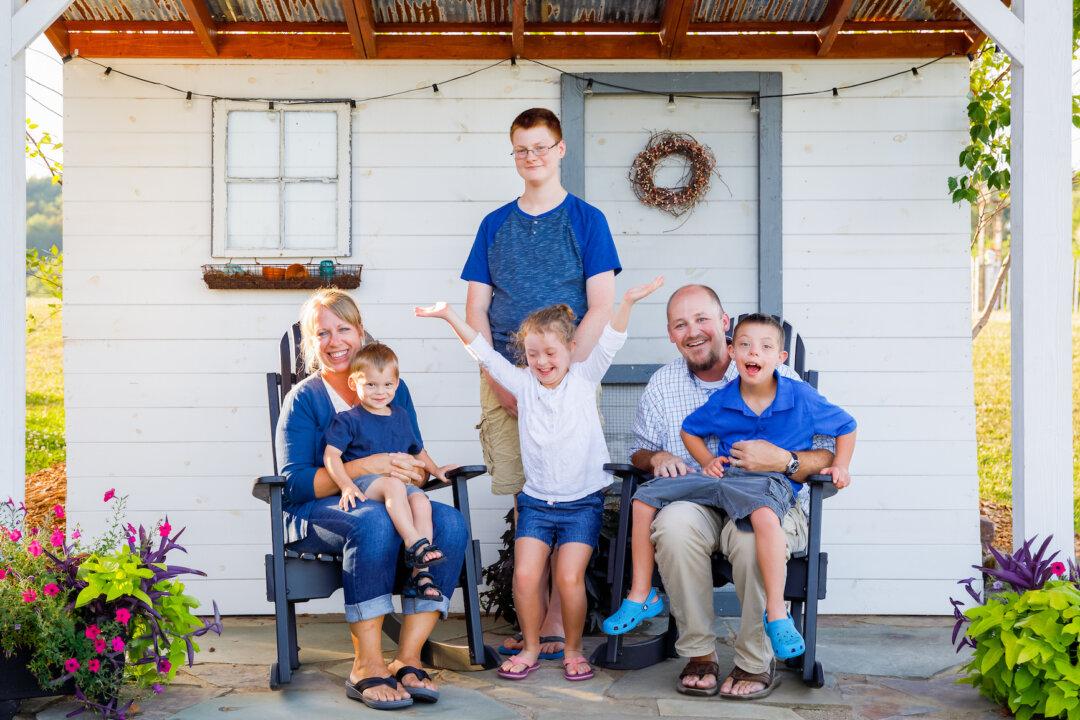About an hour outside the Dallas Fort Worth International Airport lies the small town of Weatherford, Texas, population 25,000, which boasts some of the state’s best peaches. Drive 10 miles north from the city center, and as parking lots start to give way to sprawling plains, you’ll soon come across a striking image of Jesus, encircled by angels, and a large sign that reads “Capernaum” above some imagery of a first-century village.
These mark the entrance of Capernaum Studios, where a feature film trilogy is currently in production. “Washington’s Armor” will chronicle the young adulthood of America’s first president—and to do that convincingly, outside of a major Hollywood studio, series director Tammy Lane had to start from scratch. Capernaum Studios, which Lane owns and operates, was built from the ground up on what used to be a part of her father’s ranch.



